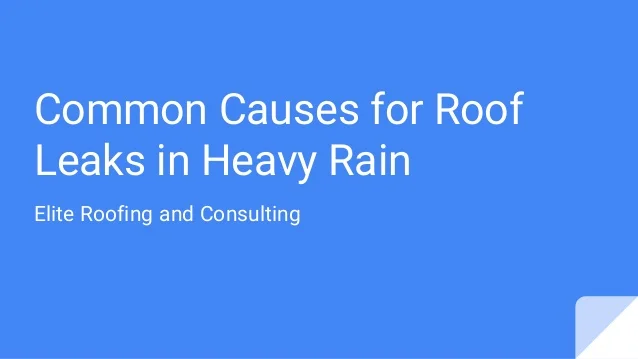Spotting Roof Damage Early To Avoid Substantial Troubles
Spotting Roof Damage Early To Avoid Substantial Troubles
Blog Article
Writer-Coyne Dobson
To safeguard your home from prospective expensive repair work, identifying roof covering damage very early is crucial. By watching out for refined signs like missing tiles or water spots, you can capture problems before they get worse. Yet what concerning those typically forgotten areas that could hint at surprise troubles prowling over you? Remain tuned to discover key tips for identifying roofing damage before it rises into a major headache.
Very Early Warning Signs
Detecting roofing system damages early can conserve you money and time. One crucial early indication to look out for is missing out on or harmed roof shingles. If you discover any shingles that are cracked, curling, or entirely missing out on, it's vital to attend to the concern quickly. These damaged roof shingles can leave your roofing at risk to leakages and additional damages.
One more indicator to seek is water discolorations on your ceiling or walls. These stains can show a leakage in your roof that needs prompt focus. Overlooking these water discolorations can lead to more comprehensive and expensive fixings down the line.
In addition, be on the lookout for any kind of indicators of drooping or drooping areas on your roofing system, as this can suggest architectural damage that needs to be fixed quickly.
Exterior Assessment Tips
Routinely examining the exterior of your roofing system is essential for maintaining its integrity and identifying possible damage early. Beginning by checking out the tiles-- search for any type of missing, cracked, or crinkling roof shingles, as these can be indicators of roofing damages.
Inspect the gutters for granules from the roof shingles, as too much granule loss may represent aging or weathering. Pay attention to the blinking around vents, smokeshafts, and skylights, guaranteeing they're securely secured and free of fractures.
Look for siding companies san antonio of moss, algae, or mold and mildew growth, as these can cause roofing damage if not dealt with immediately. Furthermore, examine visit the next website and soffits for any type of water discolorations or rot, which can indicate water damage.
Finally, examine the overall condition of your roofing system from the ground, trying to find any kind of drooping locations or obvious dips. By carrying out these outside evaluations regularly, you can catch roof covering damage early and prevent it from turning into a major problem.
Inside Red Flags
When checking your roof covering for possible damages, do not forget the value of examining the interior of your home. Inside warnings can commonly be early indicators of roofing system problems that require interest.
Beginning by examining your ceilings for any water stains or staining, as these might indicate a leak in the roof. Another vital location to examine is the attic room, where indications of water damage, mold and mildew, or mildew might suggest a roofing problem.
Pay attention to any moldy odors or a recognizable increase in moisture degrees, as these can likewise be indications of water intrusion from a damaged roofing. Additionally, sagging areas in the ceiling or walls need to be taken seriously, as they could be an outcome of water damage weakening the structure.
If you observe any one of these indoor warnings, it's critical to have a professional roofer evaluate the circumstance immediately to stop further damage and expensive repairs.
Verdict
By remaining cautious and frequently looking for early warning signs of roofing system damages, you can protect against small issues from developing into significant troubles. Keep an eye out for missing out on or harmed shingles, water spots on ceilings or wall surfaces, and any kind of drooping or drooping locations on the roofing system. By resolving these concerns without delay, you can save yourself from expensive fixings and ensure your roofing remains in good condition for several years to find. Stay positive and shield your home from prospective damages.
